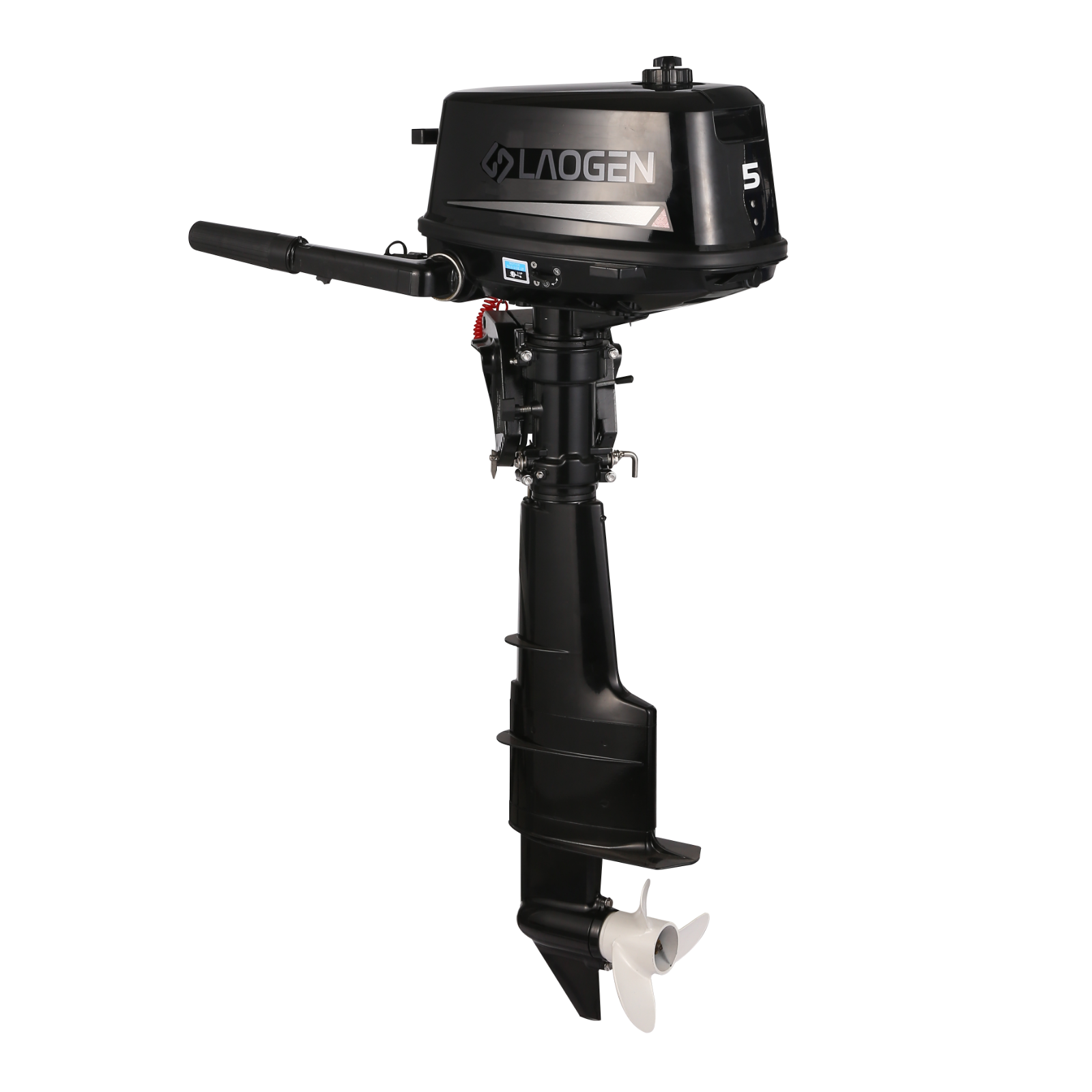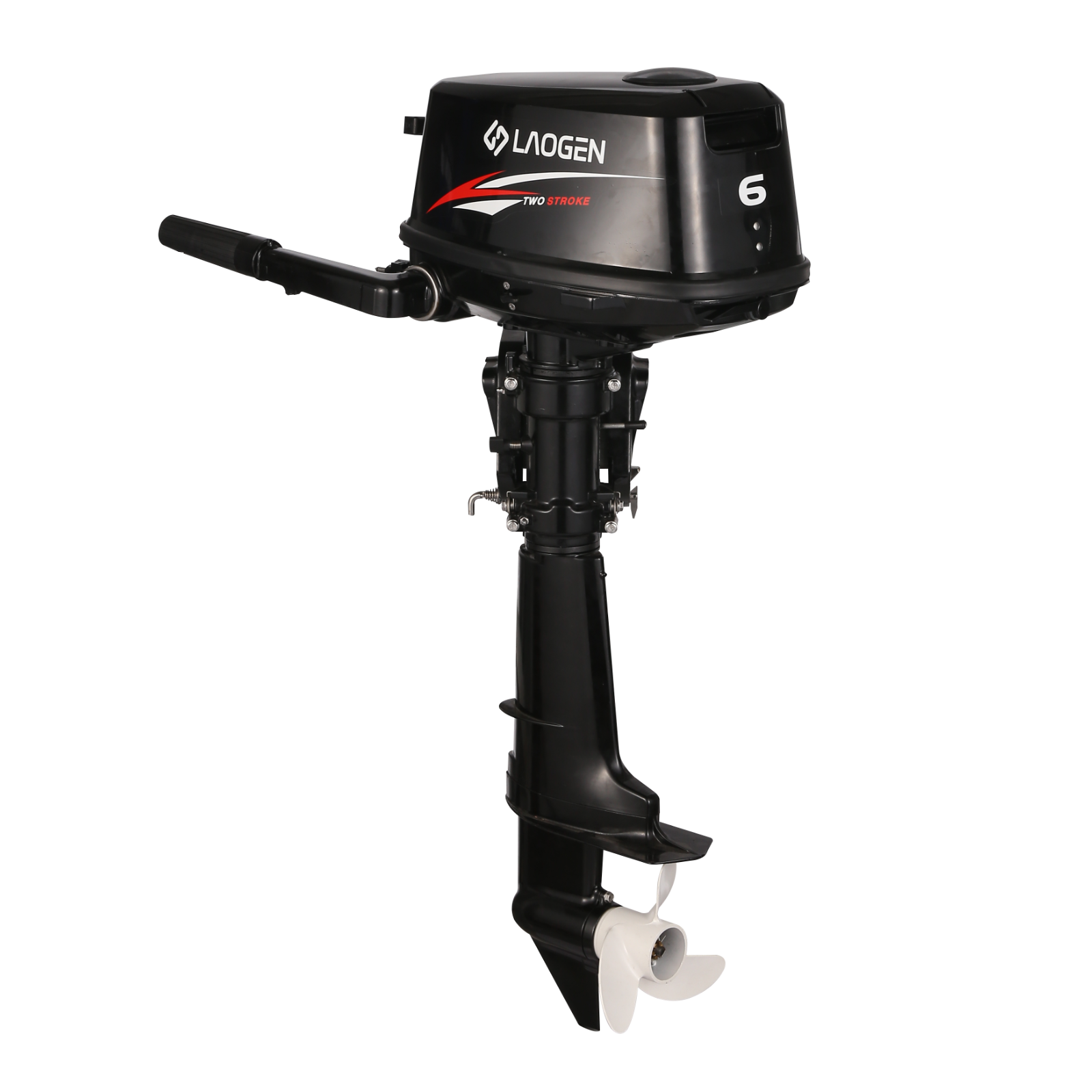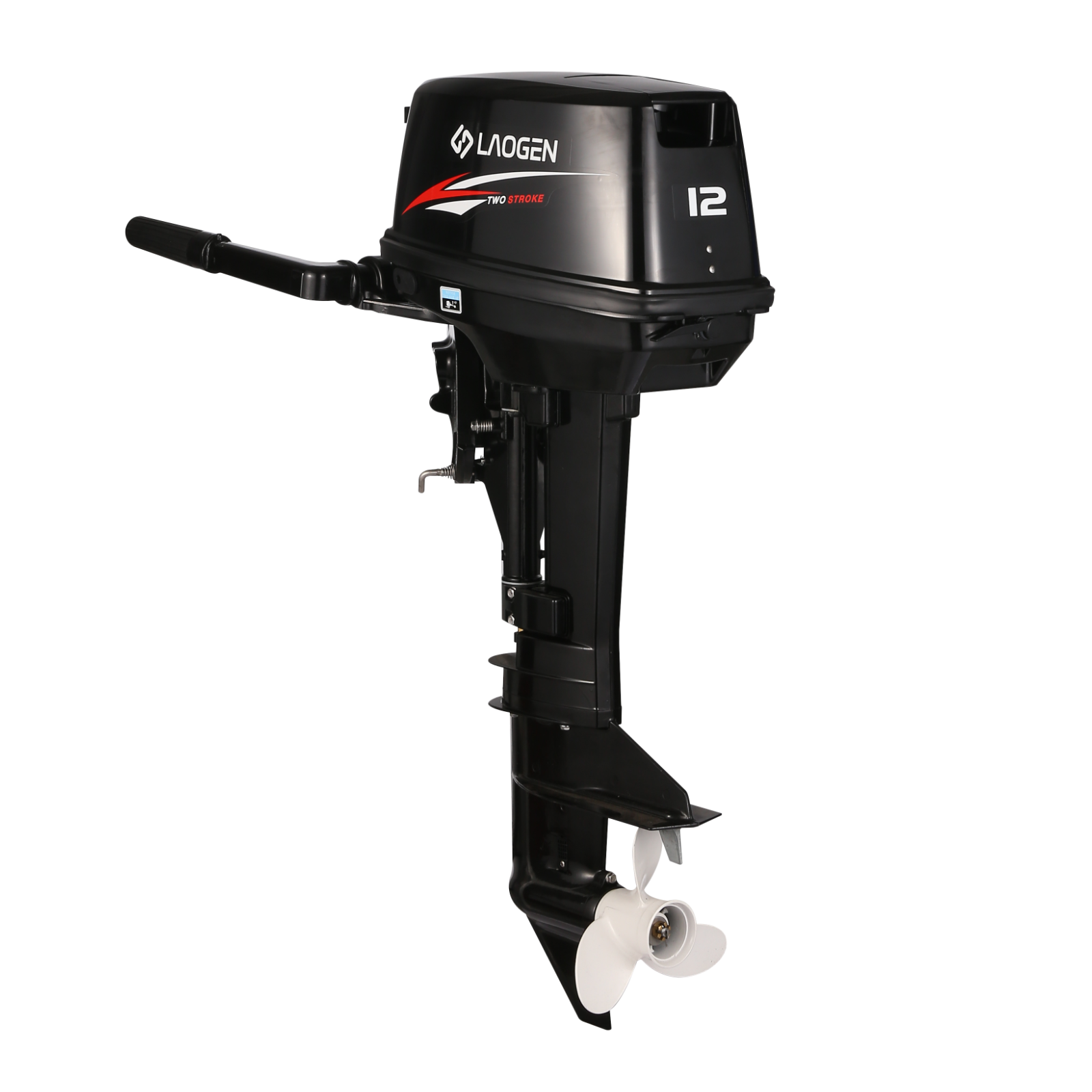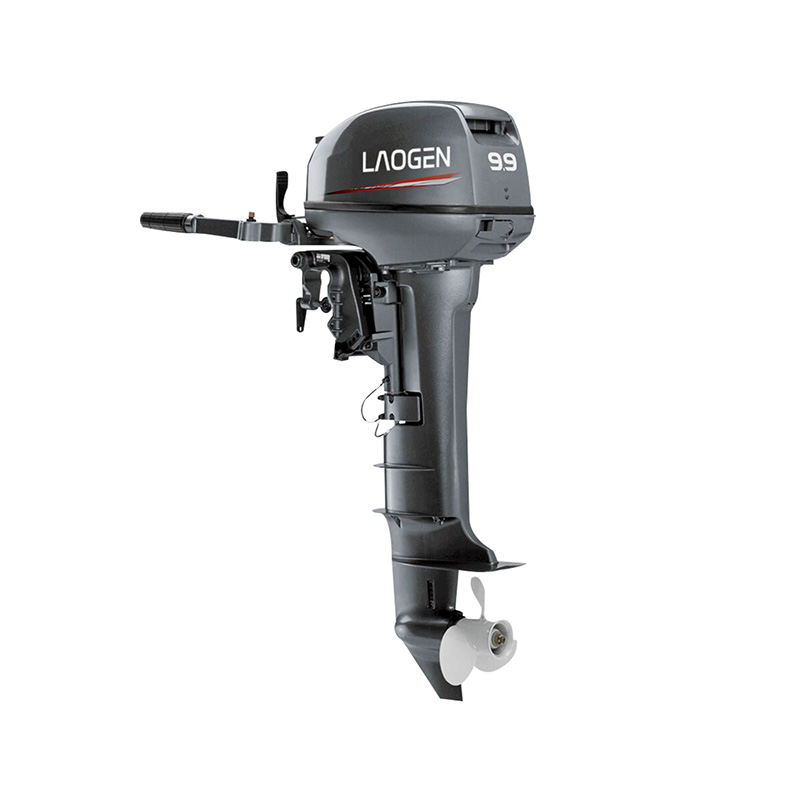2 Stroke Outboard Motor Troubleshooting Guide: Common Issues and Easy Fixes
When a 2 Stroke Outboard Motor fails to start or doesn't run as expected, it can be a source of frustration. However, many common problems have straightforward causes that can be identified with a systematic approach. This guide will help you diagnose frequent issues, focusing on the three fundamental elements any engine needs: fuel, spark, and compression. Always prioritize safety by disconnecting the spark plug leads before beginning any hands-on inspection.

The Engine Will Not Start
If the motor shows no signs of firing, follow a logical path to isolate the problem.
Step 1: Investigate the Fuel System: This is the lots of common area for issues. First, confirm you have fresh, properly mixed fuel in the tank. Old fuel that has been stored for a long period can degrade and prevent starting. Check that the fuel line is securely attached to the motor and the fuel tank vent is open. Press the primer bulb until it feels firm. If the bulb does not get firm or the engine starts and then dies, it could indicate a fuel delivery problem, such as a clogged fuel filter or a faulty fuel pump.
Step 2: Check for Spark: Remove a spark plug and reconnect it to its wire. Ground the metal body of the plug against the engine block (away from the spark plug hole) and have a helper pull the starter rope. You should see a strong, blue spark jump across the plug's gap. If there is no spark or a weak yellow spark, the issue lies in the ignition system. Causes can include fouled or worn-out spark plugs, a faulty ignition coil, or damaged spark plug wires.
Step 3: Assess Compression: While you cannot measure exact compression without a gauge, you can perform a basic check. Slowly pull the starter rope. You should feel a strong, consistent resistance as the piston compresses the air in the cylinder. If the rope pulls with little to no resistance, it suggests significant internal wear or damage, such as piston ring failure, which will require professional attention.
The Engine Runs Poorly or Loses Power
An engine that starts but runs unevenly, stalls, or lacks power is often dealing with an imbalance in its fuel-air mixture or a cooling issue.
Fuel Quality and Delivery: Again, suspect the fuel first. Contaminated or improperly mixed fuel is a primary cause of poor performance. A clogged fuel filter or a dirty carburetor jet can restrict fuel flow, causing the engine to sputter at high speeds or stall at idle. Cleaning the carburetor and replacing the fuel filter are common remedies.
Carburetor Adjustments: The carburetor has mixture screws for idle and low-speed operation. If these are out of adjustment, the engine may not idle smoothly or may transition poorly from idle to power. Refer to a service manual for the correct baseline settings for your specific model.
Overheating Issues: An engine that loses power and may sound like it's "seizing" could be overheating. Immediately check the cooling water output. A steady stream should be visible from the tell-tale hole on the motor. A weak or absent stream indicates a problem with the water pump impeller, a blocked water intake, or a stuck thermostat. Continuing to run an overheating engine can cause severe damage.
Addressing Operational Quirks
Some specific behaviors point to particular systems.
Difficulty Starting When Warm: This can often be traced to a "vapor lock" in the fuel line or a slightly rich fuel mixture that floods the engine when hot.
Vibration and Unusual Noises: These can stem from a damaged propeller, a loose engine mounting bolt, or internal component wear. Inspect the propeller for damage and ensure all external fasteners are tight.
By working through these steps, you can often pinpoint the cause of a problem with your 2 Stroke Outboard Motor. Addressing issues related to fuel and spark is typically within the scope of many boat owners, while a noted lack of compression or internal mechanical noises signal a time to consult a qualified technician.


 English
English русский
русский











